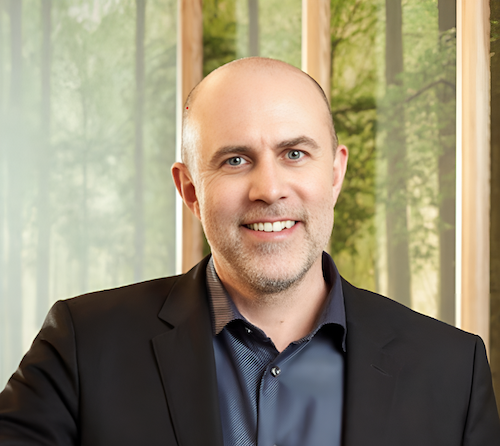RevealDx is a Seattle-based software company with a vision to dramatically improve lung cancer outcomes. RevealDx achieves this by delivering the most advanced, radiomics and AI-enabled lung cancer decision-support software, driving the optimal clinical pathway for each patient. Pulse 2.0 interviewed RevealDx CEO and Chairman Chris Wood about the company’s efforts to improve lung cancer treatment.
Chris Wood’s Background

What is Chris Wood’s background? Wood said:
“I am a medical physicist and 3 time entrepreneur. I founded 3 medical imaging software companies, but prior to starting these companies, I worked for the big OEMs in Medical Imaging, including Siemens.”
“I believe I was drawn to diagnostic imaging because as a child, my mother went through a time when she suffered from illness anxiety disorder. For years, she could not escape the crippling feeling that something was physically wrong. This took a big toll on our family, but I saw first hand how important imaging can be for doctors and patients seeking answers. My interest continued to build when I worked at Moffitt Cancer Center during graduate school.”
Formation Of The Company
How did the idea for the company come together? Wood shared:
“My last two companies started with an idea, which we needed to build everything from scratch.”
“Each time, this took over 10 years. This time, I found a company that had completed all the ‘deep science’ but had not yet commercialized their product. The pandemic had prevented the commercialization of their system, and fund raising was extremely difficult. I did some due diligence, and put together a small group of investors. We purchased the assets in March of 2021 and started a new company with essentially a 5 year head start.”
Favorite Memory
What has been your favorite memory working for the company so far? Wood reflected:
“It has to be watching our AI assisted diagnosis outperform Radiologists using guidelines. That is when I knew we had something. For years, I have been watching guidelines becoming more and more complicated. The current LungRads guidance is about 1,800 words, including notes. This is far too much information for a radiologist to weed through every time they find a lung nodule (which occurs 14 thousand times a day). Using our software, a single click, combined with their clinical expertise, can give a more accurate follow up recommendation.”
Core Products
What are the company’s core products and features? Wood explained:
“Our first product is RevealAI-Lung. It provides a ‘Malignancy Similarity Index’ for each lung nodule found in a chest CT exam.”
Challenges Faced
What challenges have Wood and the team face in building the company? Wood acknowledged:
“The regulatory environment around the use of AI in healthcare is rapidly changing, and computer aided diagnosis does not have a guidance document for us to follow. We needed to have advance meetings with the FDA about how to obtain clearance, and devise a strategy using predicate devices and other guidance documents to map our path to clearance.”
Evolution Of The Company’s Technology
How has the company’s technology evolved since its launch? Wood noted:
“We have not evolved the technology, but instead have been carefully curating new exams to add to our AI training set. Updating an AI system has significant regulatory implications, so we need to carefully coordinate this with FDA and other regulatory bodies.”
Significant Milestones
What have been some of the company’s most significant milestones? Wood cited:
“Publication of our landmark study in the Journal of the American College of Radiology was definitely a milestone. Of course, first use by a customer in the EU was also significant.”
Customer Success Stories
When asking Wood about customer success stories, he highlighted:
“We have had one patient story so far, and expect many more to come. This patient would have been sent home according to guidelines, but our mSI flagged a possible cancer which was later confirmed. Given the radically different prognosis for patients diagnosed earlier, it is entirely possible we could have had a significant impact on this patient’s care.”
Funding
When asking Wood about the company’s funding details, he revealed:
“Not specific, but the capital raised has been relatively small so far. We expect to do our first institutional round right after FDA clearance, and have started discussions with several possible lead investors.“
Total Addressable Market
What total addressable market (TAM) size is the company pursuing? Wood assessed:
“It is at least $2 billion in the US, and perhaps half that size for the rest of the world.”
Differentiation From The Competition
What differentiates the company from its competition? Wood affirmed:
“Both higher performance and more generalizability. We have shown in our studies that our product works on multiple cohorts of patients, different scanners, and different geographies.”
Future Company Goals
What are some of the company’s future goals? Wood concluded:
“After FDA clearance, we will continue to expand in Lung Cancer diagnosis. There is some exciting early research that could combine other lung cancer biomarkers to create something close to a virtual biopsy. This would be a game changer for many patients.”


